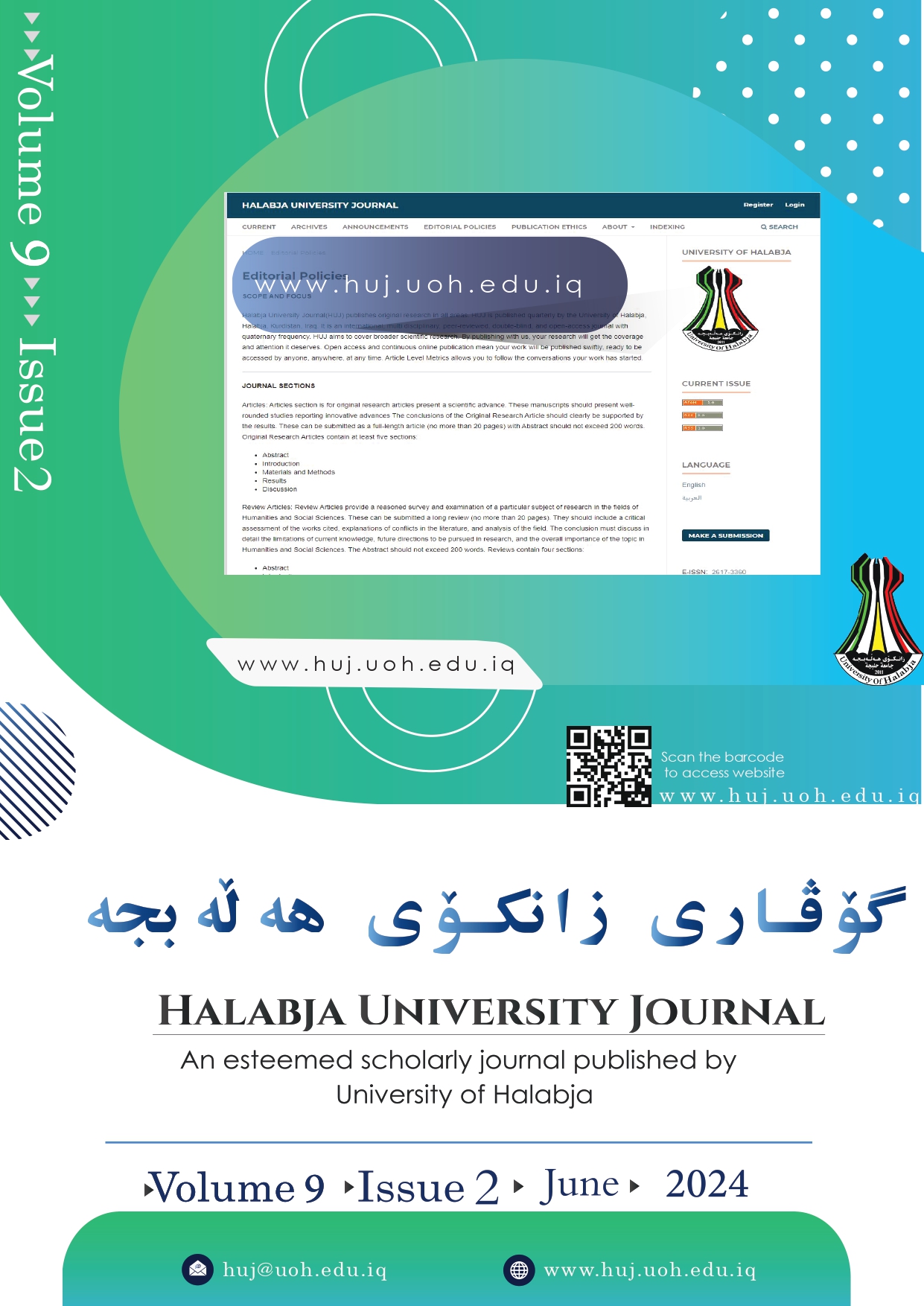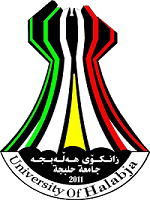Archaeological Remains as Part of National Identity in Modern Iraqi History in the Period of King Faisal I Between 1920-1933
.
DOI:
https://doi.org/10.32410/huj-10543Keywords:
Culture identity, National identity, National Museums, Archaeological science, Archaeological excavationAbstract
Since the nineteenth century, archeology has been used to build and strengthen national identity, through archaeological studies that shed light on material archaeological remains such as palaces, temples, settlement sites such as villages and cities, as well as the machines and means that man used to meet his daily needs. Archaeological studies also shed light on intangible productions such as tales, stories, legends, and religious beliefs that have a pivotal role in defining geographical features and national identity. Hence the importance of antiquities, monuments, and archaeological materials in expressing cultural, regional, national, and international identity.
Archeology emerged as a branch of knowledge that has its early origins in Europe in the fifteenth and sixteenth centuries. The search and excavation of antiquities in the Middle East were carried out by excavation teams done by amateurs, travelers, merchants, orientalists, high-ranking officers, and European consuls. They extracted artifacts in order to trade in them and benefit from them economically, without caring about the importance of those artifacts from a historical and archaeological point of view. This was at a time when Iraq was a newly established country, and the knowledge and interest in antiquities were not at the required level, and looking at them as a national identity, despite the fact that Mesopotamia is the cradle of human civilization.
References
Abdi, K. (2008). From Pan-Arabism to Saddam Hussein's cult of personality: Ancient Mesopotamia and Iraqi national ideology. Journal of Social Archaeology, 8(1), 3-36.
Anderson, B. (2006). Imagined communities: Reflections on the origin and spread of nationalism. Verso books.
Batatu, H. (1978). The old social classes and the revolutionary movements of Iraq (p. 6506991190). Princeton, NJ: Princeton University Press.
Baram, A. (1994). A case of imported identity: the modernizing secular ruling elites of Iraq and the concept of Mesopotamian-inspired territorial nationalism, 1922-1992. Poetics Today, 279-319.
Bell, G. L. (1927). The letters of Gertrude Bell/selected and edited by Lady Bell.
Bernhardsson, M. T. (2005). Reclaiming a plundered past: Archaeology and nation building in modern Iraq. University of Texas Press.
Eric, H. (1992). The invention of tradition. Cambridge University Press.
Haider, H. A. (2001). Nationalism, Archaeology and Ideology in Iraq from 1921 to the Present.
H.R. Gibb, J. H. Knmers, E. Levi-Provencal and J. Schacht, eds. The Encyclopedia of Islam.1960 edition, (London: E. J. BrilI) s.v."al-Djazira" by M. Canard. vol. 2, pp. 523-524
Kuklick, B. (2018). Puritans in Babylon: the ancient Near East and American intellectual life, 1880-1930. Princeton University Press.
Makdisi, U. (1997). Reclaiming the land of the Bible: Missionaries, secularism, and evangelical modernity. The American Historical Review, 102(3), 680-713.
Oates, D. (1968). Studies in the ancient history of northern Iraq. British Academy.
Pettengill, M. (2012). Nationalism, Archaeology, and the Antiquities Trade in Turkey and Iraq.
Rich, C. J. (1818). Memoir on the Ruins of Babylon (Vol. 2). Longman, Hurst, Rees, Orme, and Brown.
Simon, R. S. (1997). The imposition of nationalism on a non-nation state: the case of Iraq during the interwar period, 1921-1941. Rethinking Nationalism in the Arab Middle East, 87-104.
Downloads
Published
Issue
Section
License
Copyright (c) 2024 Rukhsar Ramazan Ahmed, Hemn Salahaldin Zainaldin

This work is licensed under a Creative Commons Attribution-NonCommercial-NoDerivatives 4.0 International License.
Authors who publish with this journal agree to the following terms:
- Authors retain copyright and grant the journal right of first publication with the work simultaneously licensed under a Creative Commons Attribution License [CC BY-NC-ND 4.0] that allows others to share the work with an acknowledgment of the work's authorship and initial publication in this journal.
- Authors are able to enter into separate, additional contractual arrangements for the non-exclusive distribution of the journal's published version of the work (e.g., post it to an institutional repository or publish it in a book), with an acknowledgment of its initial publication in this journal.
- Authors are permitted and encouraged to post their work online (e.g., in institutional repositories or on their website) prior to and during the submission process, as it can lead to productive exchanges, as well as earlier and greater citation of published work (See The Effect of Open Access).






